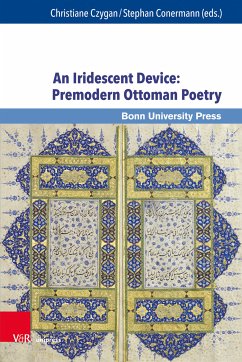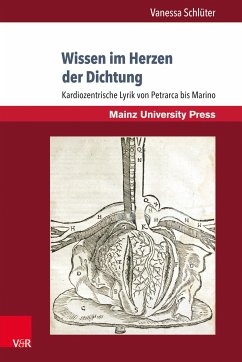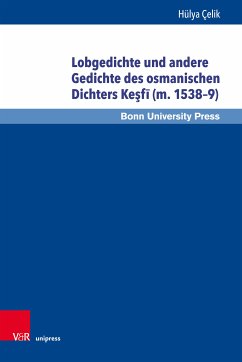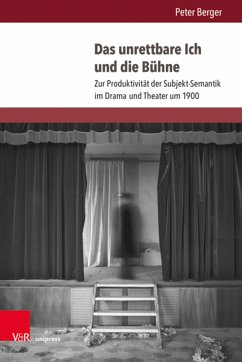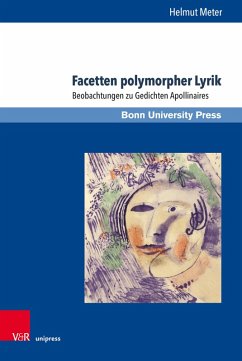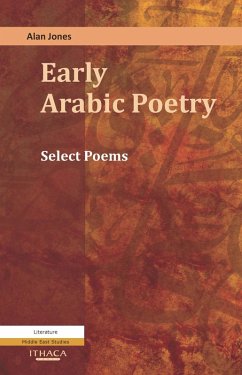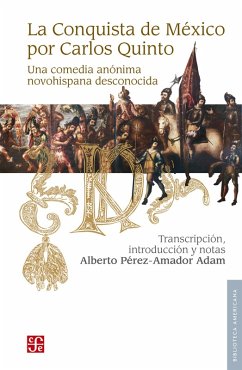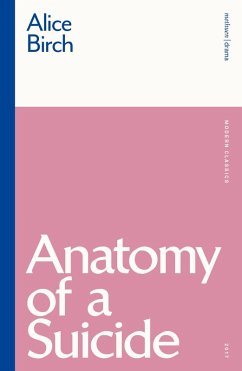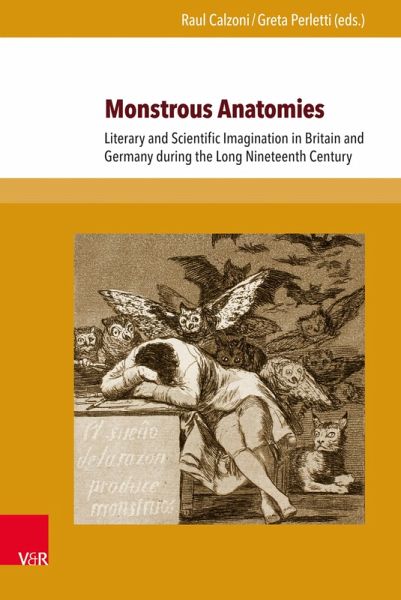
Monstrous Anatomies (eBook, PDF)
Literary and Scientific Imagination in Britain and Germany during the Long Nineteenth Century
Redaktion: Calzoni, Raul; Perletti, Greta

PAYBACK Punkte
0 °P sammeln!
The book explores the significance and dissemination of 'monstrous anatomies' in British and German culture by investigating how and why scientific and literary representations and descriptions of abnormal bodies were proposed in the late Enlightenment, during the Romantic and the Victorian Age. Since the investigations of late 18th-Century natural sciences, the fascination with monstrous anatomies has proved crucial to the study of human physiology and pathology. Featuring essays by a number of scholars focusing on a wide range of literary texts from the long nineteenth century and foreground...
The book explores the significance and dissemination of 'monstrous anatomies' in British and German culture by investigating how and why scientific and literary representations and descriptions of abnormal bodies were proposed in the late Enlightenment, during the Romantic and the Victorian Age. Since the investigations of late 18th-Century natural sciences, the fascination with monstrous anatomies has proved crucial to the study of human physiology and pathology. Featuring essays by a number of scholars focusing on a wide range of literary texts from the long nineteenth century and foregrounding the most important monstrous anatomies of the time, this book intends to offer a significant contribution to the study of the representations of the abnormal body in modern culture.
Dieser Download kann aus rechtlichen Gründen nur mit Rechnungsadresse in A, B, BG, CY, CZ, D, DK, EW, E, FIN, F, GR, H, IRL, I, LT, L, LR, M, NL, PL, P, R, S, SLO, SK ausgeliefert werden.




